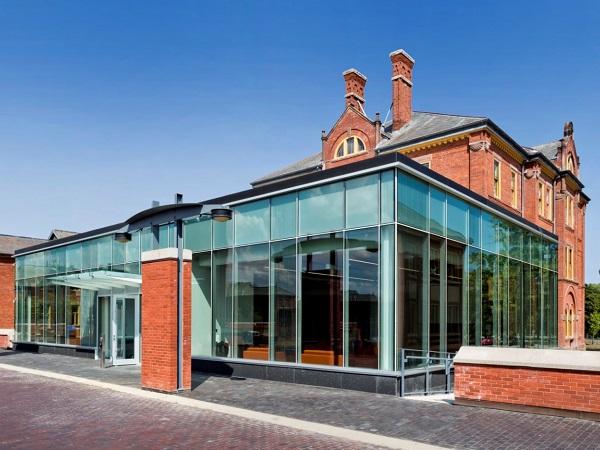
Date: 11 January 2019
Altering historic buildings—even in the name of progress—can be a challenging endeavor. Fortunately, when it designed a modern addition to connect to an 1880s-era cottage at Toronto’s Humber College, Moriyama & Teshima had experience on its side. The Toronto-based architectural firm had collaborated with the school earlier to restore several other older buildings that comprised a defunct hospital on its Lakeshore campus.
For the college’s Centre for Entrepreneurship (CfE), the firm made energy-efficient, bird-friendly glass a focal point of the new structure while renovating select areas of the original four-story building to showcase its unique history as home to the hospital’s administrative offices.
The one-story glass-and-zinc clad addition, which serves as a study hall and student lounge, features Walker Textures® AviProtek® E bird-friendly, acid-etched pattern on Solarban® 70XL solar control low-emissivity (low-e) glass by Vitro Glass. Capitalizing on the interplay of light and muted textured shadows in the space, the glass optimizes natural daylight and energy efficiency, creating the vibrant hub for cultivating collaborative relationships between students and industry professionals that school officials desired.
Functionality of the glass configuration was a key consideration, said Adrienne Tam, associate, Moriyama & Teshima. “We were on a quest for a bird-friendly glass treatment that would allow the low-e coating to be applied to Surface #2.” The acid-etched pattern “was integral to the glass, and unlike other products, not a separate material bound to the glass that is then exposed to the environment,” she added.
The bird-friendly 211 pattern, which was etched on Surface #1, has a threat factor of 23, which means that birds will avoid colliding with it at least 77 percent of the time, based on tunnel tests conducted by the American Bird Conservancy.
Incorporating three types of glazing units—a clear unit, a unit with a single layer of “random” vertical stripes and a unit with two layers of random vertically striped glass—provided a sense of depth and movement along the building face, and afforded an expansive view across the campus’ quadrangle, creating a sense of community.
Renovations to the original building created formal and informal spaces for collaborative learning and socializing, and the new addition engages its façade with minimal impact while maximizing exposure.
Opened in September 2016 and designed for LEED® (Leadership in Energy and Environmental Design) Silver certification, the CfE facility was the last of the historic cottages to be restored on campus.
With center-of-glass visible light transmittance (VLT) of 64 percent and a solar heat gain coefficient (SHGC) of 0.27 in a standard 1-inch insulating glass unit (IGU), Solarban 70XL glass is one of the industry’s highest performing solar control, low-e glasses.
To learn more about Solarban 70XL glass by Vitro Architectural Glass or AviProtek® E acid-etched glass by Walker Textures, visit www.vitroglazings.com or www.walkerglass.com.
 600450
600450

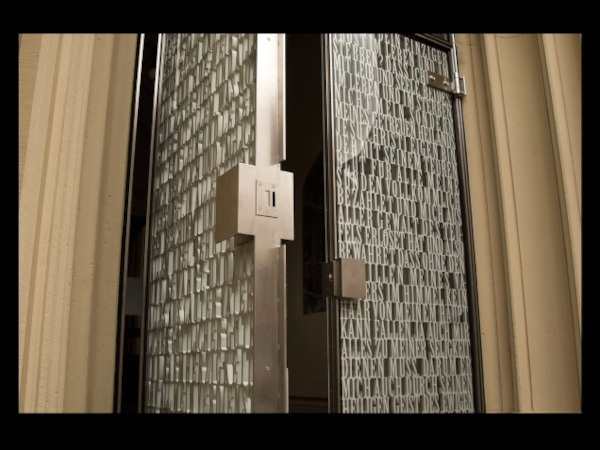
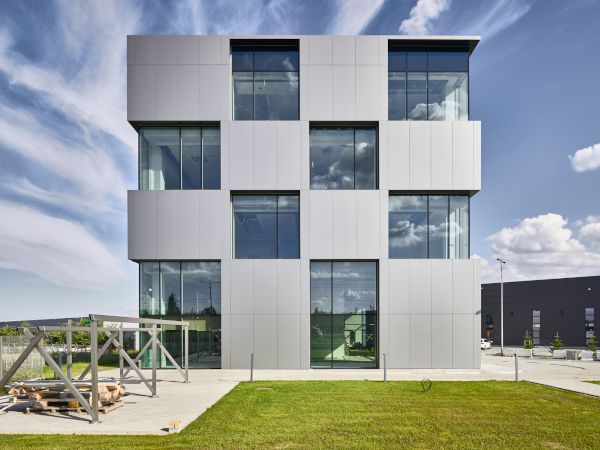


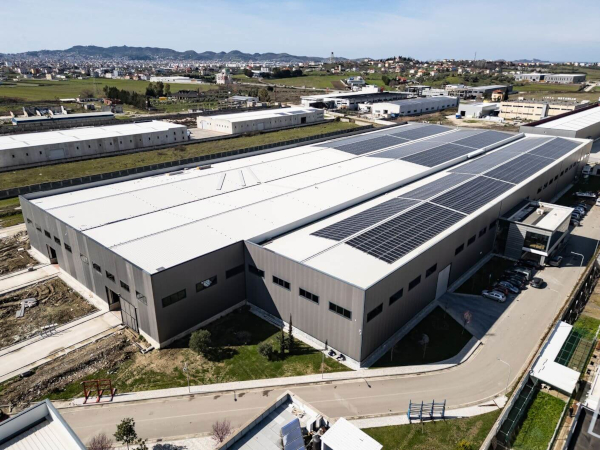


















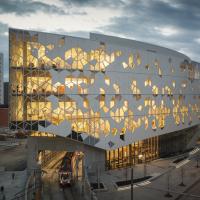



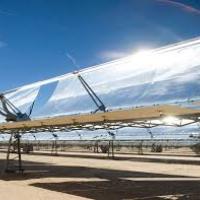

Add new comment